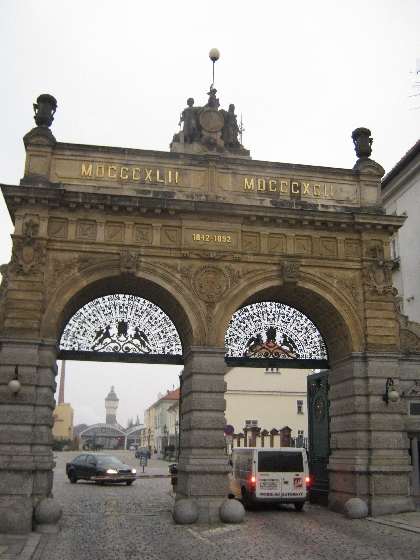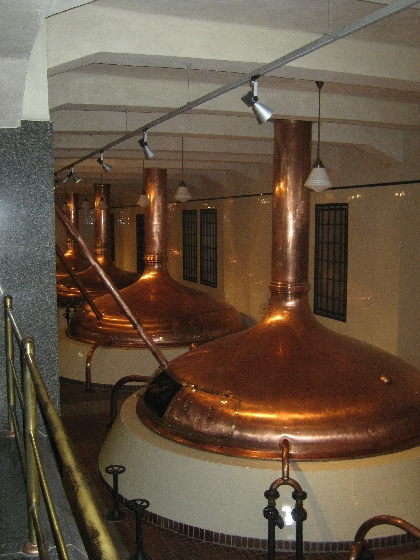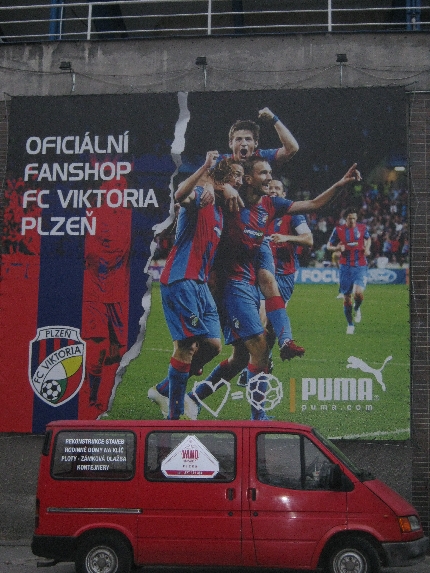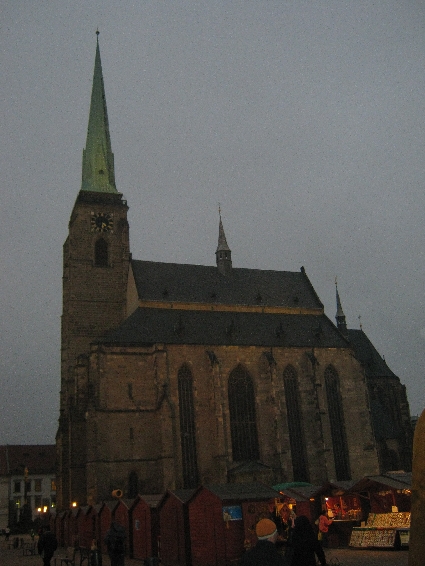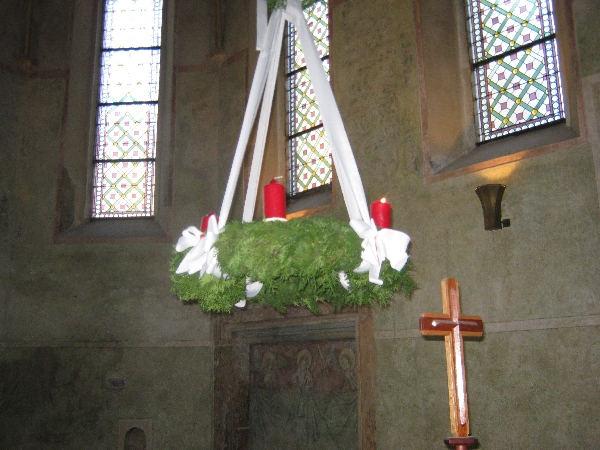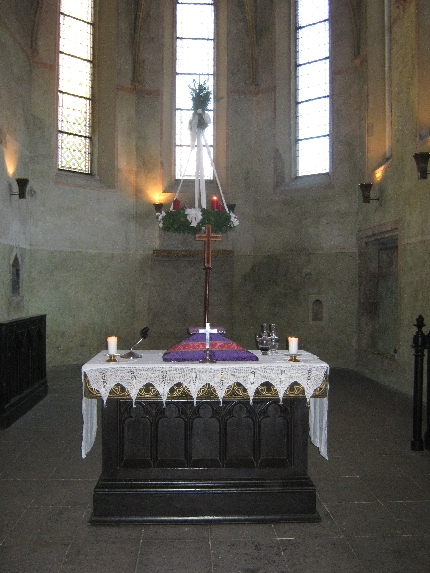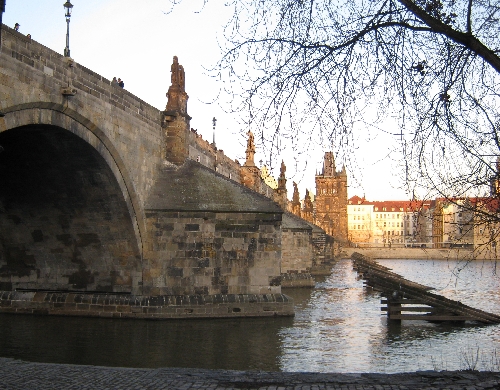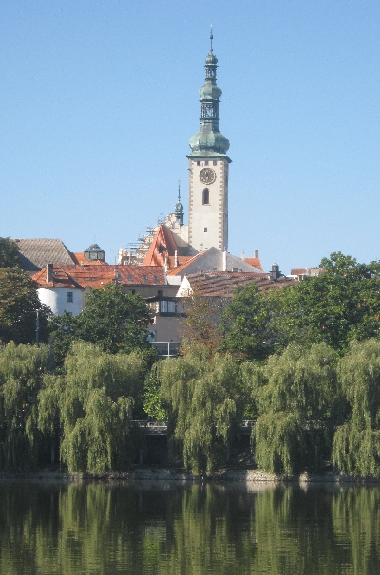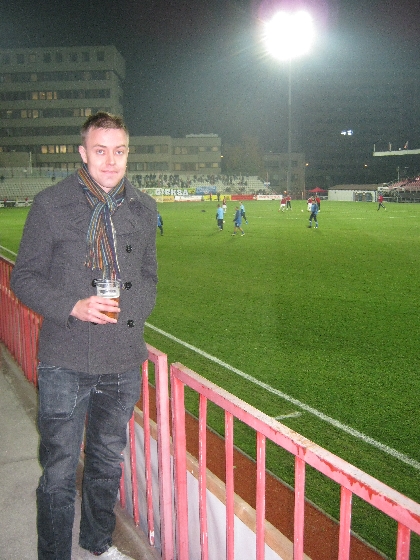
I hope the regular readers of my blog will forgive the rather sharp contrast between some of my more recent writings on faith related issues and this post. But then I do live in the Czech Republic where football is a major sport and where both the production and drinking of beer are deemed to be highly important activities.
Back on the evening of Sunday 6th November, my son Phillip flew into Prague to spend a few days with me, his first visit here since January 2010. As football and beer are two of his interests, I was pleased that we were able to enjoy both of them together during the short time he was here.
The top tier of Czech football is called the Gambrinus liga as it is sponsored by the producers of Gambrinus, a very drinkable Czech beer. During the football season, each weekend there is a round of matches, spread out between Friday evening and Monday evening, in part to allow for television coverage of some of the games. Fortunately, the Monday evening match featured a home fixture for one of the five Prague based teams in the Gambrinus liga, FK Viktoria Žižkov.
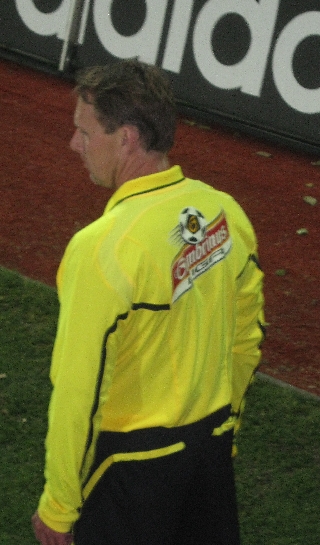
Žižkov is a Prague suburb on the eastern side of the Vltava River, whereas the Chaplaincy Flat where I live, is on the western side. But it only took a thirty minute tram journey to reach the ground which lies below the hill on which the suburb of Žižkov sits, just the far side of Prague’s main railway station.
FK Viktoria Žižkov were playing FC Baník Ostrava in what would best be described as a bottom-of-the-table clash as at that point in time, Baník Ostrava were bottom of the league and Viktoria Žižkov were third from bottom. It resulted in a 3 – 0 win for the visitors and unfortunately for us, all three goals were scored at the opposite end of the ground from where we were sitting. But we did both enjoy ourselves and supped a few half litres of Gambrinus whilst watching the match.
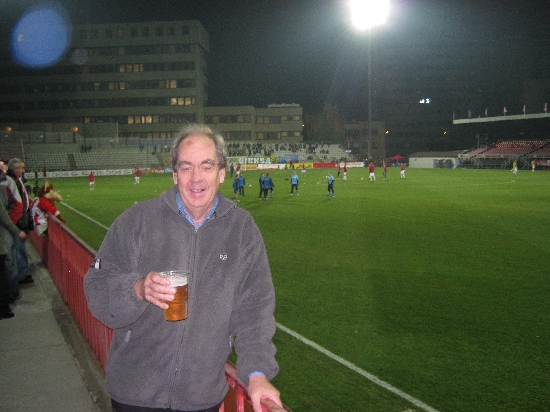
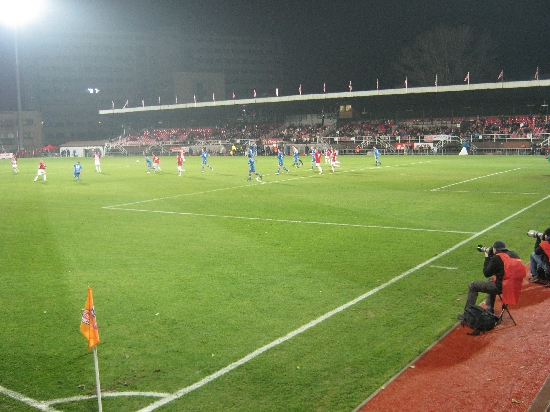
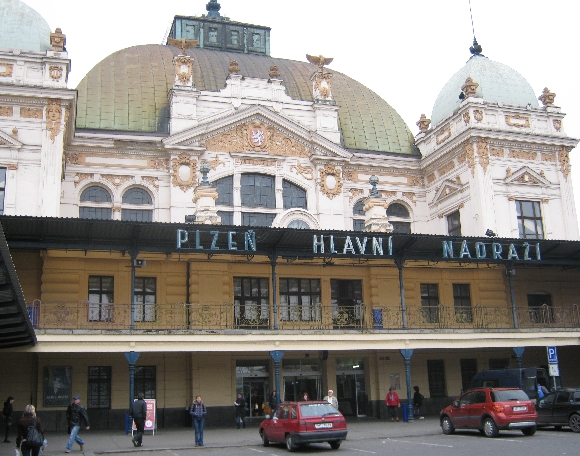
Later in the week, Phillip and I went for a day trip to Plzen, the fourth largest city in the Czech Republic and the home of the most famous Czech beer, Pilsner Urquell. We travelled there by train, partly because a couple of days earlier, the local Renault garage informed me that the noise coming from the rear brakes on my car was not just due to the need for new brake pads, but also because the brake shoes and a seized-up brake calliper all also needed replacing. As the estimated repair cost is CZK 15,000 (about £500), about half my net pay for a month, I’m still debating what to do. However, travelling by train did also mean that I could enjoy the local brew without any concern of infringing Czech drink-driving laws.
The train trip takes one hour and forty minutes between Praha hlavní nádraží and Plzen hlavní nádraží. Above is a photograph of the grand station building dating from the mid-nineteenth century which no doubt once said Pilsen Hauptbahnhof when it was first built during the time when what is now the Czech Republic, was a subjugated part of the Austro-Hungarian Empire.
The Pilsner Urquell Brewery is only a short walk from the railway station and, having booked and paid for our tickets for the 14.00 brewery tour in English, we had just under an hour in which we enjoyed a good lunch at a very reasonable price in the brewery restaurant.
The tour itself was by far the best brewery tour I’ve so far been on in the Czech Republic. The young female guide spoke excellent English, could answer questions coherently, and made the whole experience, which lasted around one and a half hours, most enjoyable.
|
|
|
Continuing the football theme, Phillip was very pleased to notice that the stadium of FC Viktoria Plzen was nearby so we walked across to it before heading into the city centre. For the first time in their history, FC Viktoria Plzen won the Gambrinus liga last season and then successfully qualified for the group stage of the UEFA Champions League this season.
Just before it got dark, we made our way into the main square of the city where the gigantic Gothic St. Bartholomew Church is situated. Around it was a street market selling a variety of goodies, together with some free musical entertainment, all of which was intended to celebrate St. Martinstide, as the following day was 11th November, the feast day of St. Martin, Bishop of Tours.
Whilst I’ve driven around Plzen numerous times on the motorway from Prague to the German border, this was my first venture into the city itself. It is now on my list of places to re-visit, preferably in summer when, with longer hours of daylight, I will be able to enjoy its many architectural delights.

